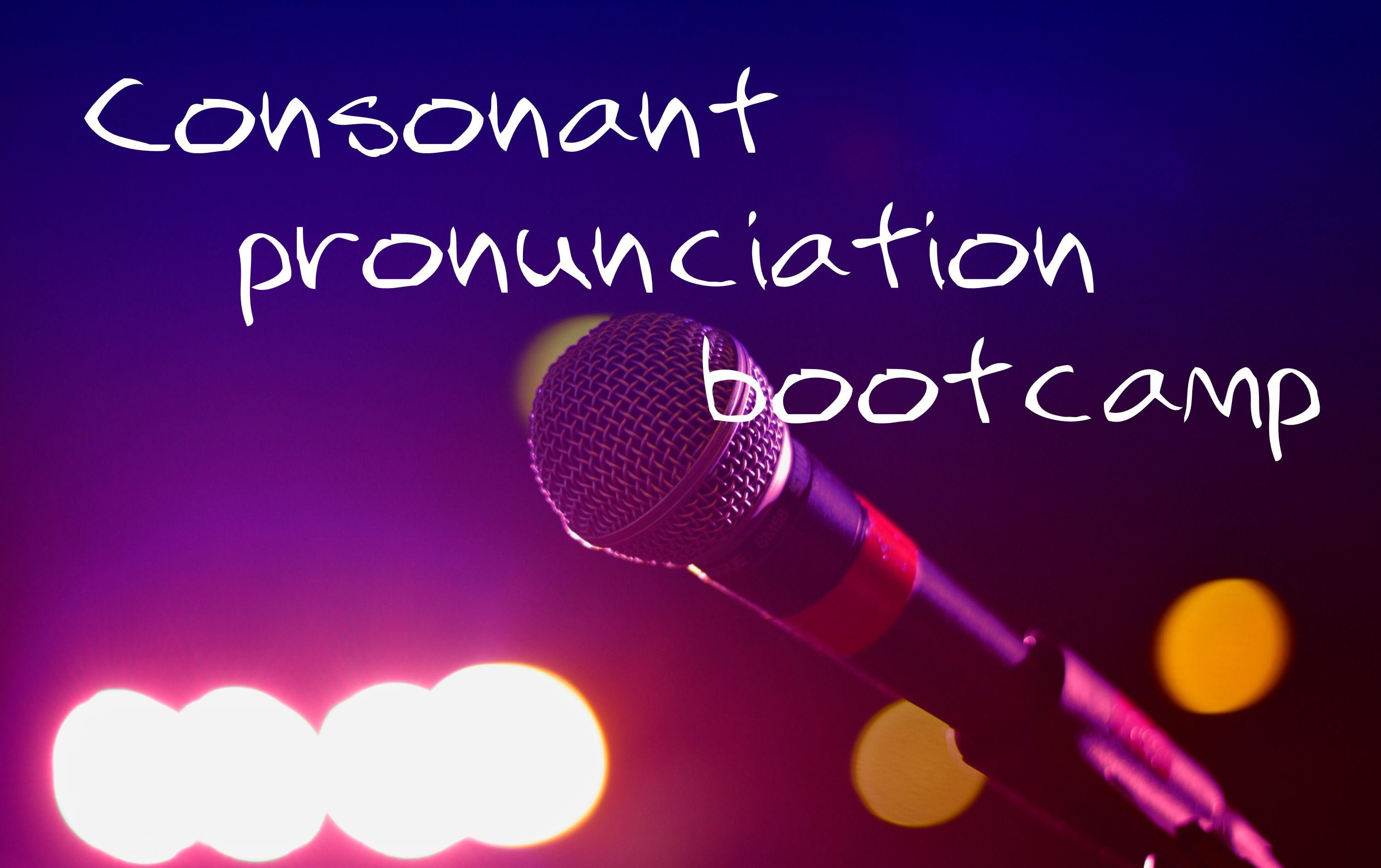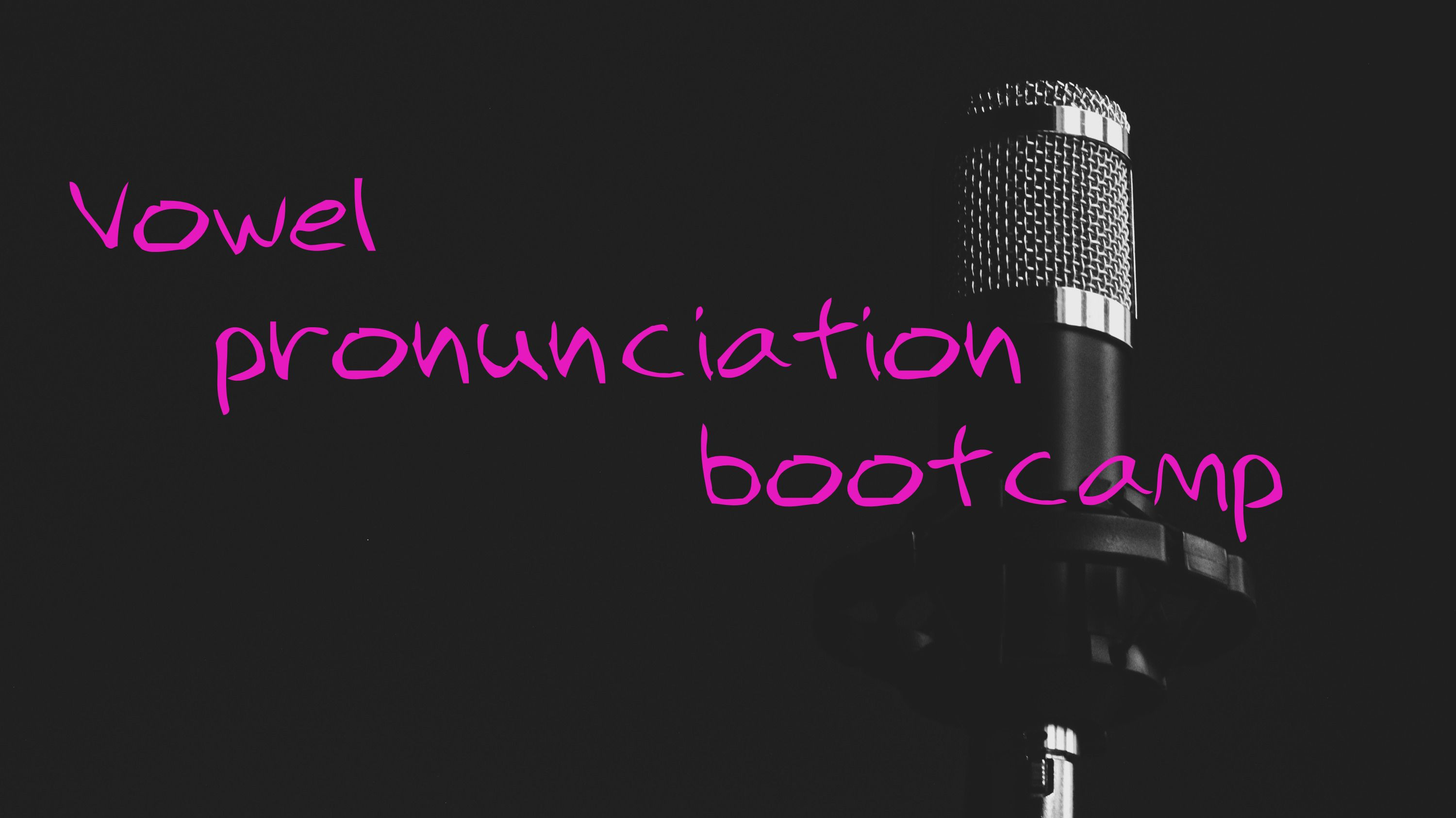
In my last posts, I provided several vowel, diphthong, and consonant pronunciation exercises. Links to the transcripts were given above each recording. As my students worked through these, they noticed that the exercises were helpful not just for speaking, but also for listening.
Each language includes different sounds, which you may or may not have in your own language. To be able to understand speech, you need to be able to distinguish the difference between certain sounds. If you can’t hear the difference, you won’t be able to say the difference. Therefore, it’s important for you to identify those particular sounds that might be hard for you to even hear. I suggest that you play through the recordings a number of times to try to hear those sounds, before you actually try to say them.
In this post, I’m going a step farther … giving you some short sentences to work on. Again, you should make sure you understand the words when listening, before you try to pronounce them.
These exercises use a phonetic approach to using language. Phonics is often used to help teach students to read an alphabetic language, because it connects written letters to the sounds that they make. Although English is not a completely phonetic language (and our spelling is sometimes considered the most difficult of any Western language), phonics is quite popular in English reading instruction. And because it organizes words by the sounds they make, using phonics-based phrases can also help students to distinguish and pronounce certain sounds.
The following exercises are based on this transcript … Phonetic Pronunciation Practice. The transcript will help you to make sure that you understand what words I’m saying. Once you understand them, you should use the sentences for pronunciation practice. I’ve based these sentences on phonics exercises in a wonderful book, Alpha-phonics by Samuel L. Blumenfeld, that I used to teach my three children to read before they were five years old.
Please be aware, many of these sentences are a bit silly. The focus is on the sounds the words make, not their sense. This is not conversational English. Although the sentences are grammatical and use real words, you should pay more attention to the way the words sound, rather than what they mean.
1.
2.
3.
4.
5.
6.
7.
8.
9.
10.
11.
12.
13.
14.
15.
16.
17.
18.
19.
20.










